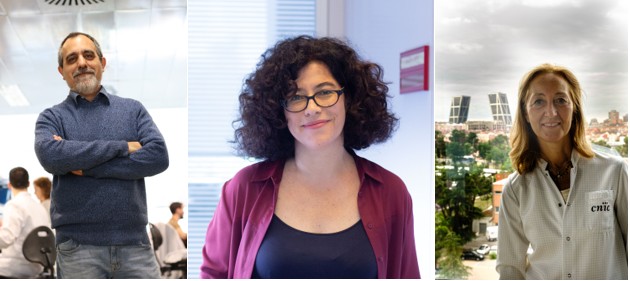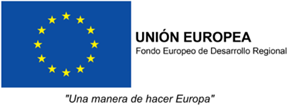Three CNIC projects receive more than €5 million in ERC Advanced Grant funding
The projects—led by Drs Almudena Ramiro, José Antonio Enríquez, and Silvia Priori—will receive a total of €5.25 million for CNIC research over the next 5 years
Three projects from the Centro Nacional de Investigaciones Cardiovasculares (CNIC) have received European Research Council (ERC) Advanced Grant funding from the European Commission. ANTI-ATHERO: Age-Associated Antigens in Atherosclerosis Immunity and Immunotherapy, led by Dr. Almudena Ramiro, and MINTRAF: Cell-Cell Communication by Mitochondrial Intercellular Traffic, led by Dr. José Antonio Enríquez, will each receive €2.5 million over the next 5 years.
The project Nab-Heart: Nanobody-Targeted Camk2d Inhibition for Cardiac Arrhythmia, led by Dr. Silvia Priori, professor of cardiology at the University of Pavia (Italy) and head of the Molecular Cardiology group at the CNIC, has been awarded an ERC Advanced Grant in the area of “Prevention, Diagnosis, and Treatment of Human Diseases.” The grant guarantees total funding of €2.5 million, of which €250,000 will go to her Molecular Cardiology laboratory at the CNIC.
The goal of the ERC program is to fund 'frontier' ideas with potential to revolutionize health and society. Its main criterion is to support excellence in research. Ekaterina Zaharieva, European Commissioner for Startups, Research, and Innovation, said: ‘These ERC grants are our commitment to making Europe the world’s hub for excellent research. By supporting projects that have the potential to redefine whole fields, we are not just investing in science but in the future prosperity and resilience of our continent. In the next competition rounds, scientists moving to Europe will receive even greater support in setting up their labs and research teams here. This is part of our “Choose Europe for Science” initiative, designed to attract and retain the world’s top scientists.’
President of the European Research Council, Prof. Maria Leptin said: ‘Congratulations to the new grant winners! Much of this pioneering research will contribute to solving some of the most pressing challenges we face - social, economic, and environmental, etc.’
Leptin added: ‘Yet again, many scientists - around 260 - with ground-breaking ideas were rated as excellent, but remained unfunded due to a lack of funds at the ERC. We hope that more funding will be available in the future to support even more creative researchers in pursuing their scientific curiosity.
ANTI-ATHERO: Age-Associated Antigens in Immunity and Atherosclerosis Immunotherapy
- Principal investigator: Dra. Almudena Ramiro, head of the B Lymphocyte Biology group.
- Budget: €2,5€ millions.
- Project Duration: 5 years.
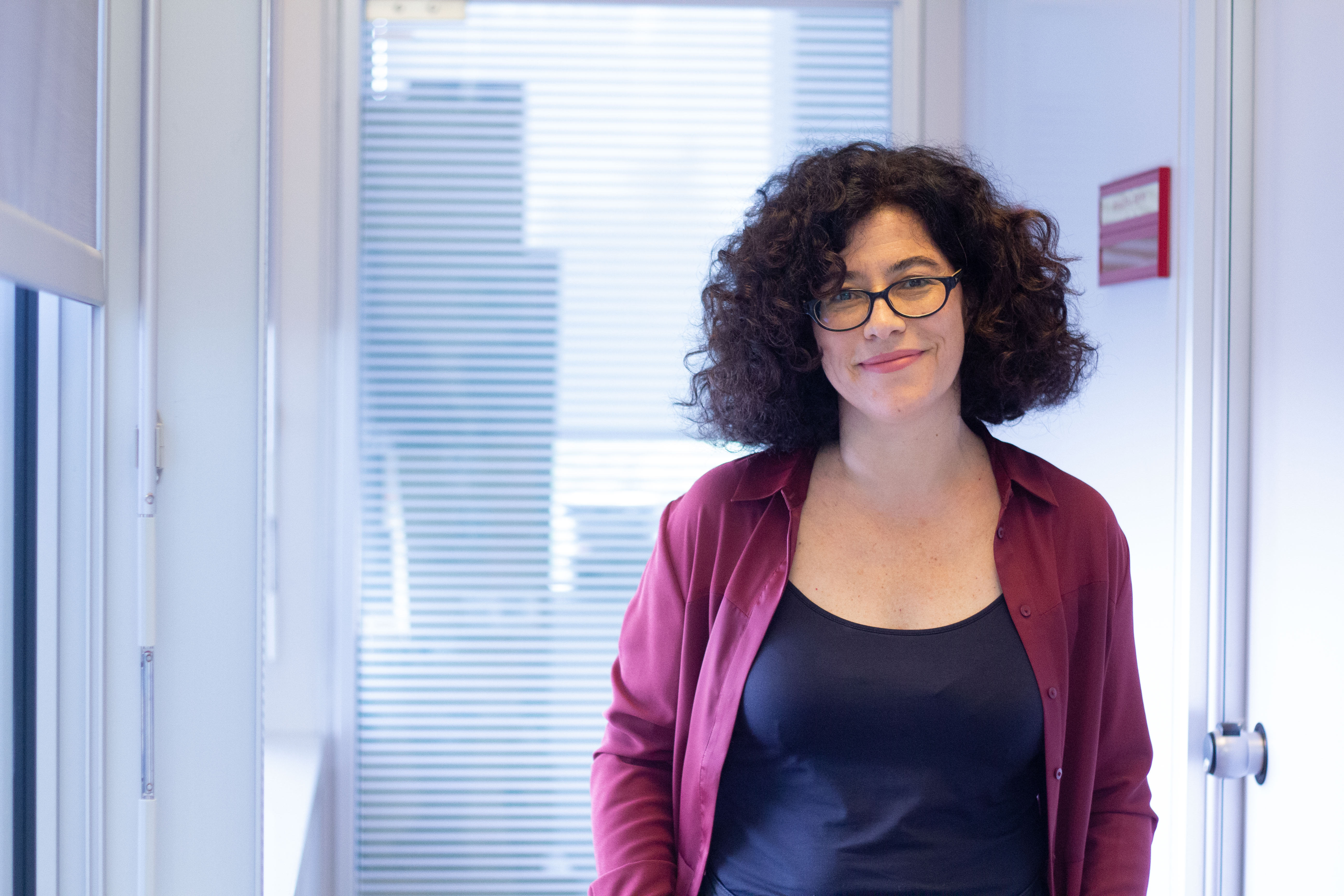
ANTI-ATHERO, led by Dr. Almudena Ramiro, will investigate how the immune system—specifically the antibody response—is altered in atherosclerosis. The team will employ a novel approach that enables them to precisely distinguish between the early and late stages of the disease.
The aim of the project is to characterize the immune response involved in atherosclerosis in unprecedented detail, with the goal of identifying antibodies or antigens that could serve as therapeutic targets. “What is truly innovative about this proposal,” says Dr. Ramiro, “is applying an immunotherapeutic approach to a cardiovascular condition—something long considered unfeasible.”
While immunotherapy has transformed cancer treatment, its application in cardiovascular disease has only begun to gain traction over the past 25 years. With this project, the research team will generate a detailed map of the immune response, “helping us pinpoint targets that could allow us to modulate the immune system for therapeutic benefit.”
ANTI-ATHERO explores how this immune response evolves in the context of aging—a critical factor in the development of atherosclerosis. “We know that the immune system also ages, and that the function of certain immune components changes significantly over time,” explains Ramiro. “In our studies, we have observed that B lymphocytes show signs of premature aging during atherosclerosis, resembling the effects of natural aging. This suggests that the disease may accelerate aging within the immune system itself.”
Dr. Ramiro’s team is particularly interested in identifying which age-related immune mechanisms are triggered during the early stages of atherosclerosis—including in experimental models using young animals. This approach is rooted in the idea that atherosclerosis should be studied not only as a cardiovascular disease, but also as a condition with strong immunological and degenerative components.
The project will combine several complementary approaches. On one front, the researchers will use animal models to track the progression of atherosclerosis and study the accompanying immune response. In parallel, they will translate these findings to the clinical setting by focusing on a pathology closely linked to atherosclerosis: abdominal aortic aneurysm.
The project will also explore subclinical atherosclerosis to assess whether any of the identified immune targets could serve as prognostic markers. To support this aim, the researchers will use data from the PESA study (Progression of Early Subclinical Atherosclerosis), led by CNIC General Director Dr. Valentín Fuster. This long-running study tracks apparently healthy individuals—those with no history of cardiovascular events—who nonetheless begin to show early signs of disease. “This cohort is ideal for identifying prognostic markers over time, thanks to the availability of repeated samples from the same individuals,” explains Ramiro.
Dr. Ramiro believes that ANTI-ATHERO will yield transformative insights into the interplay between aging, the immune system, and atherosclerosis. “Our findings could significantly advance not only cardiovascular research, but also our understanding of other age-related and autoimmune diseases.”
MINTRAF: Cell-Cell Communication by Mitochondrial Intercellular Traffics
- Principal Investigator: Dr. José Antonio Enríquez, head of the Functional Genetics of the Oxidative Phosphorylation System group (GENOXPHOS).
- Budget: €2,5€ millions.
- Project Duration: 5 years.
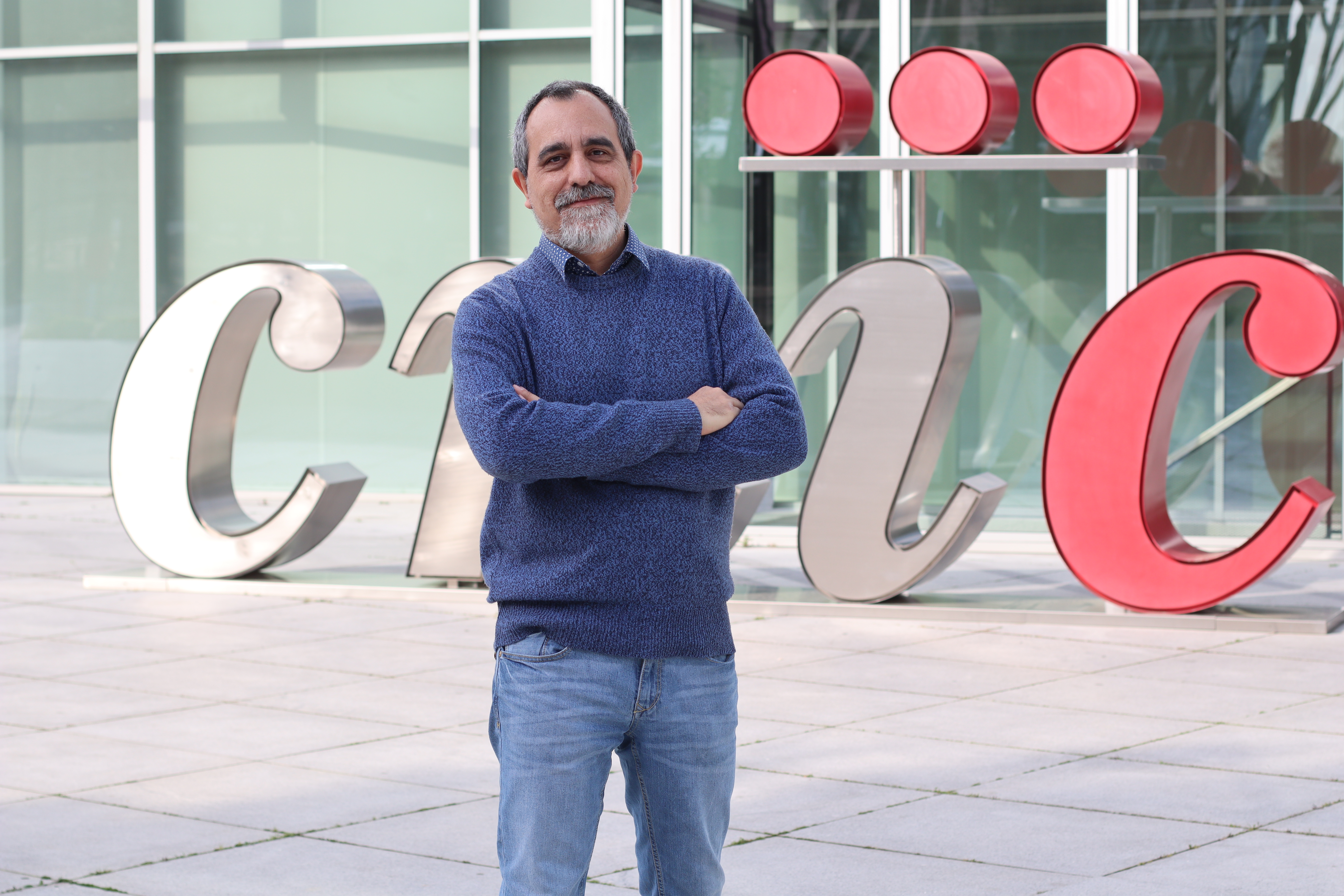
The MINTRAF project aims to solve one of the great puzzles of modern cell biology: how mitochondria—our cells’ energy-producing organelles—are transferred between cells. These organelles carry their own DNA and, as CNIC researchers discovered in 2020, can move from one cell type to another—for example, from heart cells to immune cells such as macrophages.
MINTRAF will investigate how this transfer occurs, whether the migrating mitochondria become integrated into the recipient cells, and what effects this process might have on health. In particular, the researchers will explore its potential impact in contexts such as cancer and organ transplantation.
While there is growing evidence of mitochondrial transfer between cells, scientists still do not fully understand how the process occurs, what triggers it, or what role it plays in the body. MINTRAF will investigate this phenomenon in depth, aiming to resolve these questions and explore potential applications in future therapies.
Dr. José Antonio Enríquez, the project leader and an expert in mitochondrial genetics, explains that understanding this process may be particularly important in the context of organ transplantation. “If mitochondria from the donor are transferred to recipient cells, they could trigger immunological or metabolic complications. In addition, recent studies suggest that mitochondrial exchange may act as a cellular rescue mechanism after injury—for example, in the aftermath of a heart attack.”
To investigate these questions, MINTRAF will bring together a multidisciplinary team of scientists working with unique cellular and animal models. These models will allow researchers to observe mitochondrial movement in living organisms—including cases where the nuclear DNA is identical but the mitochondrial DNA differs.
A key innovation of the project is that, for the first time, the transfer of mitochondrial DNA between cells will be studied in humans—observing how this exchange occurs within the same individual.
The goal is to understand how and why mitochondrial transfer occurs, both under normal physiological conditions and in disease. In particular, the project will investigate whether this exchange plays a role in cancer progression, the immune response, and the outcome of medical treatments such as bone marrow transplantation or mitochondrial therapies.
The team has already developed genetically modified mice that enable real-time tracking of mitochondrial transfer between cells. This will allow researchers, for the first time, to create a comprehensive map of the process—identifying which cell types donate or receive mitochondria, when the transfer occurs, and what effects it produces.
Dr. Enríquez explains: “Understanding how and why mitochondria are transferred between cells is important not only for basic science, but also for transforming how we treat serious diseases—such as cancer or mitochondrial disorders—and for designing more effective cellular therapies.”
Nab-Heart: Nanobody-Targeted Camk2d Inhibition for Cardiac Arrhythmias
- Principal Investigator: Dr. Silvia Priori, Scientific Director of the ICS Maugeri network-University of Pavia (Italy) and Head of the Molecular Cardiology group at the CNIC.
- Budget: €2.5 million, with €250,000 allocated to the CNIC.
- Project Duration: 5 years
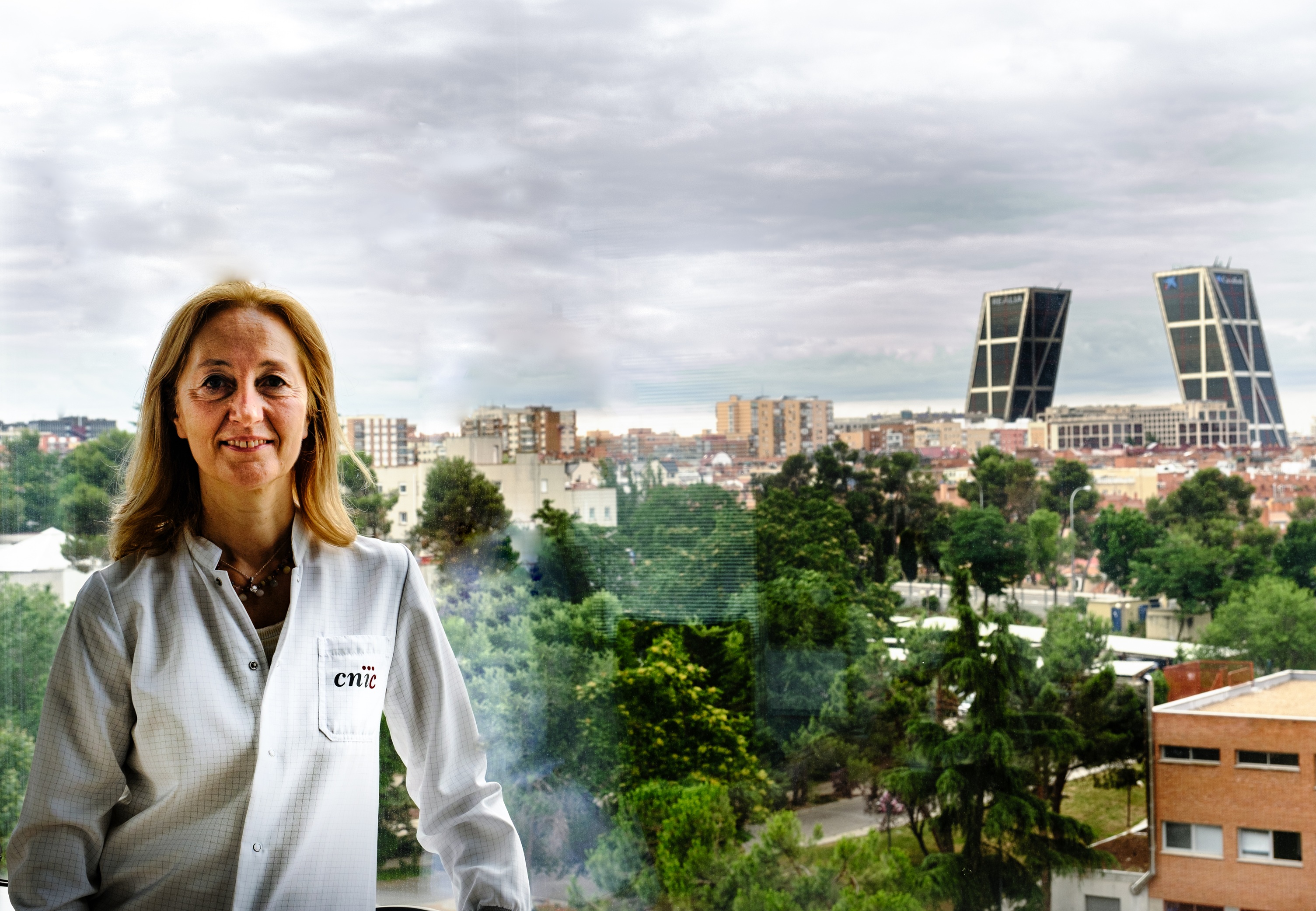
The Nab-Heart project—coordinated by Dr. Priori of the University of Pavia (Italy) in collaboration with her laboratory at the CNIC—will develop a new treatment to prevent dangerous heart arrhythmias. The research teams will work on developing a new, highly selective, cardio-specific biological inhibitor targeting the CaMKII delta enzyme, a crucial mediator of arrhythmogenesis in various heart diseases.
This approach would overcome the limitations of currently available antiarrhythmic drugs, ensuring effective treatment free of adverse effects. The safety, selectivity, and efficacy of the drug will be evaluated in cell models and multiple animal models to facilitate its development as an innovative treatment for patients.
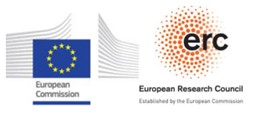
·




